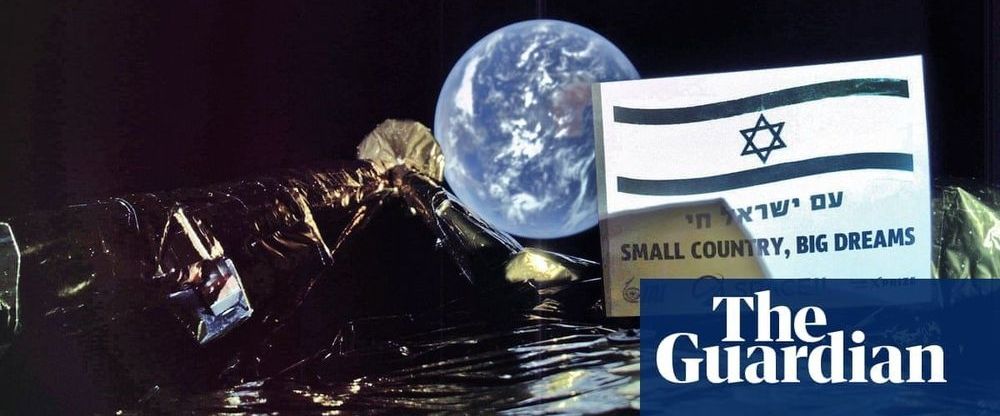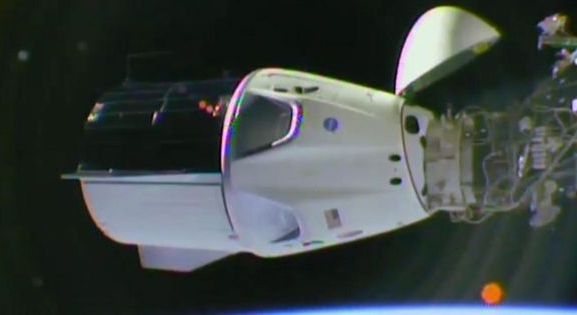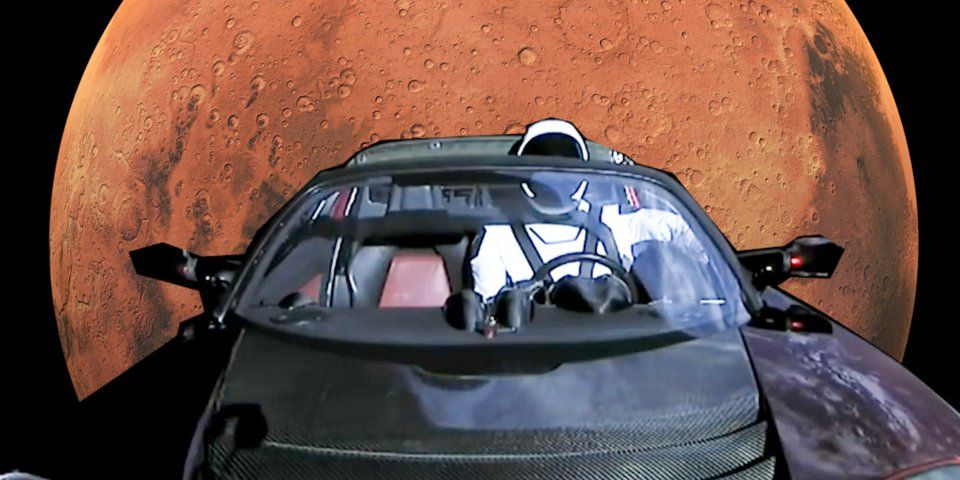An Israeli spacecraft on its maiden mission to the moon has sent its first selfie back to Earth, mission chiefs said on Tuesday.
The image showing part of the Beresheet spacecraft with Earth in the background was beamed to mission control in Yehud, Israel – 23,360 miles (37,600km) away, the project’s lead partners said.
The partners, NGO SpaceIL and state-owned Israel Aerospace Industries, launched the unmanned Beresheet – Hebrew for Genesis – from Cape Canaveral in Florida on 22 February.







